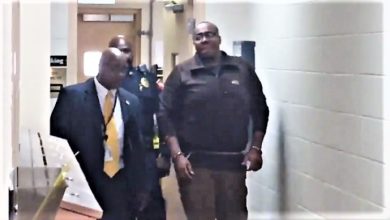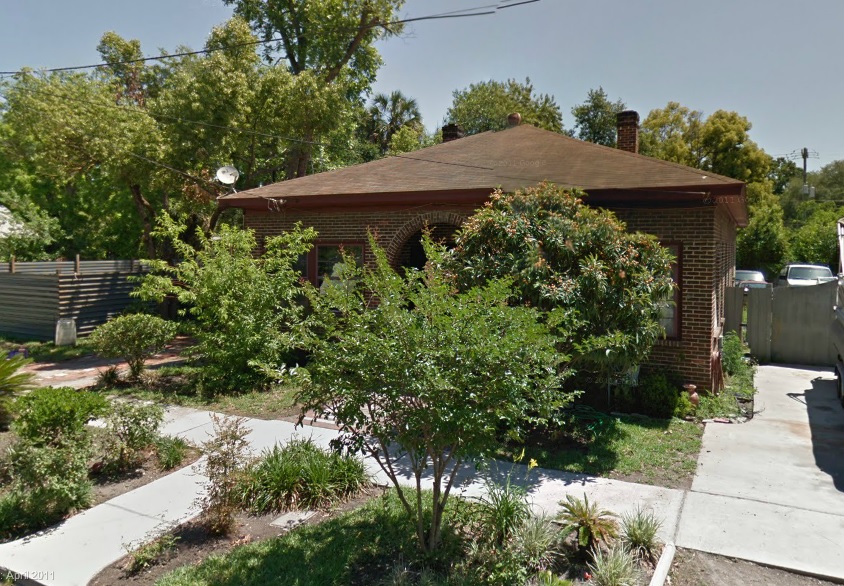‘You call, we haul’ policy in Nation’s Capital may soon change

Click here to watch story from Mark Segraves
About 30-years-ago, former DC Mayor Marion Barry had enough of the stories about lost ambulance crews and other problems for EMS in the Nation’s Capital. I was breaking many of those stories for Channel 9 and other reporters were doing it too. There were plenty of them. At the same time, The Washington Post was writing editorials pushing Mayor Barry to do something about all of this. He did.
The solution was a decision to no longer rely solely on the civilian EMS workers to get medical help to 911 callers. From that point on the 911 center would dispatch an engine or truck company on all EMS calls, no matter how minor. And every call for service would get a response, even if it was for someone just needing a ride to the hospital for an appointment. Previously, suppression units were only sent on the highest priority EMS responses. That same policy is essentially still in place today (with the recent addition of private EMS also responding as requested with DC’s ambulances and fire apparatus), but if DC Fire and EMS Chief Gregory Dean has his way this will soon change.
As you will read below and see in this story by WRC-TV/NBC4 reporter Mark Segraves, Chief Dean thinks too much emergency equipment, both fire trucks and ambulances, is being sent on too many runs that clearly aren’t emergencies. It has kept firefighters, medics and EMTs from being available for the real medical emergencies. It has long taken its toll on the apparatus and the personnel, along with the citizens who really need emergency help.
Changing the response policy and refusing to send emergency equipment on non-emergency calls has long been one of the most needed changes to finally improve EMS in the District of Columbia. It was part of my testimony at the DC Council last year.
To make it work will require a fully functioning and properly trained 911 Center (called the Office of Unified Communications or OUC in DC). That’s something that is currently not available and needs to be addressed in order for Chief Dean’s plan to work. Let’s wish him luck.
Within the next 12 months, calling 911 in the District won’t guarantee an ambulance will show up at your door — if a new proposal from the D.C.’s fire chief is approved.
Chief Gregory Dean is recommending changes to 911 protocols and wants to extend the contract with a private ambulance service for up to five more years.
Dean said he’s developing a plan for Mayor Muriel Bowser to present to the D.C. Council that would make drastic changes to the way D.C.’s 911 operations handle medical calls.
Currently, if someone calls 911 and says they have a medical need of any kind, D.C. Fire and EMS will respond with either a fire truck or ambulance. Firefighters call it the “You call, we haul” policy. Dean believes that policy has to change.
“There will be no more automatic ‘you call we haul,’” Dean tells News4. “We will triage the call to determine the right resource to send to you.”
Dean said the triage will be done over the phone by a nurse at the 911 call center.
“The nurse says okay, what’s the problem? We know there are about 16 walk-in facilities throughout the District as well as hospitals and we’ll make a determination how can the person get there.” Dean said.
Dean said just how the patient will get to the clinic or hospital hasn’t been determined. In an interview with News4 in July, Dean said the District was considering contracting with a taxi cab or Uber service. Dean stepped back from that today.
“You’re not going to get me to say that a second time in a row,” Dean said with a laugh. “What you’ll hear me say is we are going to look at alternative ways to get people to the right type of treatment they need versus just grabbing them and taking them to the emergency room and stacking up the emergency room.”
Dean would not say exactly what that alternative transport would be, but he said it won’t be an ambulance.
“We’re going to be concentrating on alternative modes of transportation. People will still call 911, and we have a lot of education to do on 911, but when they call 911 we will send them the right and appropriate resource, versus us with red lights and sirens,” Dean said.
Dean told News4 the District’s contract with private ambulance service AMR is working and he wants to keep it. Dean has signed a one-year contract with AMR that has an extension clause.
“We’ve singed a contract with AMR with four option years. Cost of that contract will be right around 12 million dollars a year,” Dean said.
Dean points to increased training for Fire and EMS staff as well as increased maintenance for the ambulance fleet.
“Prior to AMR, we were finding ourselves with five or less ambulances on a regular basis and our ability to recover wasn’t there. Now, we’re finding ourselves with 10 or more ambulances and our ability to recover has increased tremendously.” Dean said. “We’re seeing a 37 percent improvement in our training, we’ve gone from 11,000 hours to over 24,000 hours.”
And Dean said response times have improved, “In 2015, we were having transport unit response times around eight minutes and 11 seconds. In 2016, we’re seeing transport ambulances response times around six minutes 46 seconds.”
Dean acknowledges that he’s still having to pay overtime to about 250 paramedics for their additional training, but says the majority of his staff are receiving training during their scheduled shifts.
The new contract, which needs to be approved by the D.C. Council, would ease the response times requirements, according to Dean. Under the current contract, AMR faces monetary penalties if they fail to arrive on scene within 10 minutes on 90 percent of all calls – a benchmark AMR has, so far, failed to meet.
The new contract still requires a 10 minute response time 90 percent of all calls, but only between Nov. 1 and April 30. The rest of the year, from May 1 to Nov. 1, AMR would have to arrive in 10 minutes 80 percent of the time. In addition, the clock on response time the entire year won’t begin running until 90 seconds after the call to AMR is made.
Dean said the AMR contract is working, but the metrics by which performance was measured wasn’t realistic because it was based on old data. Dean said the new contract metrics are based on actual call data.
“We’ve seen a 24 percent increase in call volumes from 2013 to 2016….for medical calls, we’re up to about 170,000 medical calls in 2016,” Dean says.






